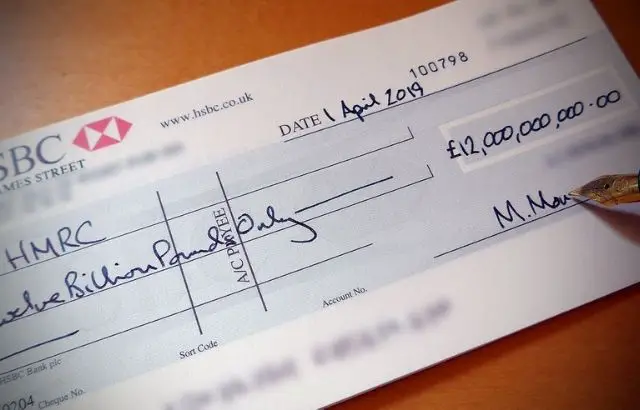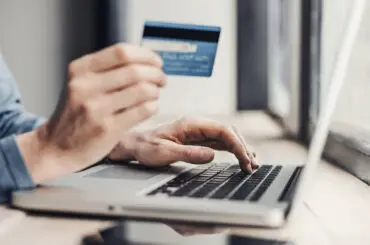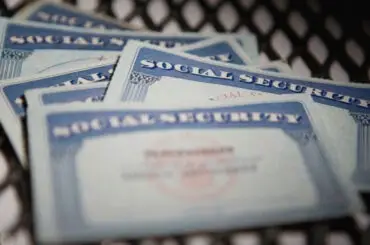Information presented on this web page is intended for informational and educational purposes only and is not meant to be taken as legal, financial, investment or tax advice. We do not accept any responsibility for any trading or investment related losses. Please review our disclaimer on before taking action based upon anything you read or see.
Checks are still widely used in today’s online world, although they are less prevalent than they were earlier. Although paper checks are a cost-effective & expedient method of transferring payments, you likely don’t write a check on a daily basis (or have never done so). But the question is what information should I put on my checks? Well, your check should include your name, address, and nothing more.
Only write down your phone number or driver’s license if a merchant asks for this information. More personal details make it easier to impersonate you which may lead to identity theft!
Most people’s first thought when it comes to preventing identity fraud is to secure their credit cards. Writing checks, on the other hand, might put you in danger. Keep an eye on your business checks and the personal information you provide on them to avoid identity theft. Writing a check is simple, and this article will teach you how.
Protecting Yourself When Using Paper Checks
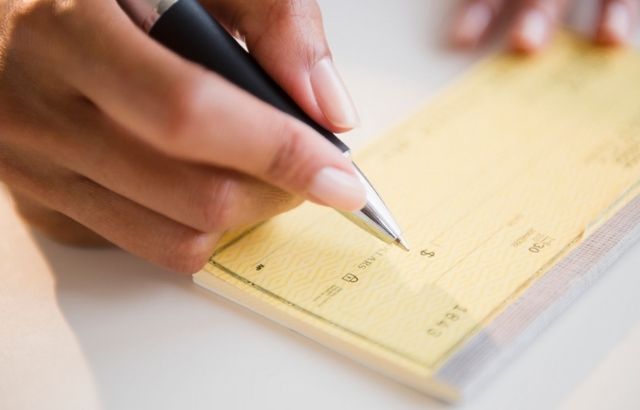
While inspections are vital in many situations, it is critical to be mindful of the risks. You may assist in constructing a line of defense against check fraud by limiting the number of checks you write, ensuring they are shipped securely, and taking the time to monitor your account’s activity.
After paying with a check:
- Keep an eye on your account to see if the check has been cashed.
- If you find that a service provider or a loved one hasn’t cashed a check, give them a call to be sure they got it.
- Contact your bank to have a stop payment placed on the check if it looks to have been lost in the mail.
Always keep your checkbooks in a safe location at home, and never take one with you. Make careful to dispose of outdated checks and checkbooks as well correctly. The best approach to secure sensitive information on them is to shred them.
Your Bank’s Contact Information
Make checks payable to a specific person or company. Always add a particular name on the line that reads “Pay to the order of” when writing a check. This slot should never be labeled “Cash” or left blank, as this allows anybody to cash it.
Regularly monitor your bank accounts. Remember to report any unusual activity right once. Many banks enable you to set up automated notifications so you’ll be notified of any suspicious logins or transactions.
Banks are required by law to make deposited cash available as soon as possible, generally within two days. The bank may indicate the check has “cleared” when the money is accessible in your account, but that doesn’t indicate it’s a good check.
It might take weeks to find and unravel fake checks. By then, the fraudster has all of your money, and you’re stuck paying it back to the bank.
Pay by Check or Money Order
When placing a money order, you should pay using currency, a direct debit, or tourist’s checks. In most circumstances, you probably wouldn’t be able to use a credit card or make a personal check. It might be deemed a cash advance if you pay using a credit card. Merchant accounts, like cashier’s checks, include a fee, but it’s not excessively high.
When you buy a cashier’s check, the bank transfers funds from your checking or savings account to its account. The bank then issues a check to the individual or company you need to pay. You’ll usually have to pay a charge to the bank for a cashier’s check, with the average charge at the country’s top banks averaging around $10.
Money orders and cashier’s bills are convenient ways to receive and transmit funds. If you’re considering purchasing one, make sure you’re aware of the expenses and if the issuer imposes any monetary limitations. If your cash order or cashier’s check is lost, taken, or destroyed, please save your receipts or account, which reveals when it was purchased.
Notice to Taxpayers Presenting Checks
You allow utilizing information from your check to conduct a one-time electronic fund transfer from your account or to process the payment as a check transaction if you give a check as payment.
Funds may be deducted from your account as soon as we receive your payment if we utilize information from your check to perform an electronic money transfer, and you will not receive your check back from your financial institution.
Where’s My Refund? How to Check the Status of My Tax Return
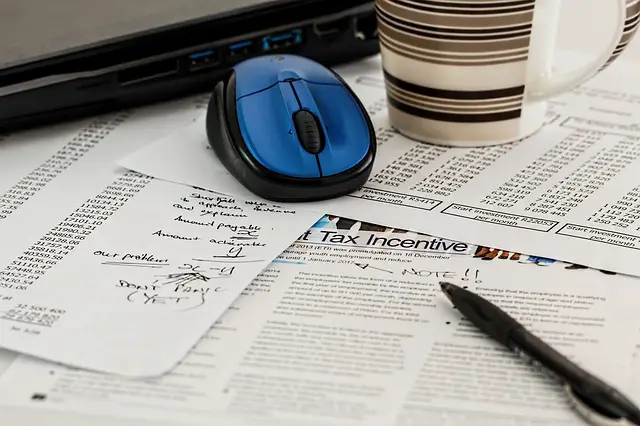
While the IRS has said that sending your money might take weeks, you may check the progress of your refund using one of two IRS tracker programs. Check the status of your refund. See if anything is causing a delay using any of the IRS apps. You may also contact the IRS’s live phone support for assistance, although the IRS warns that aid is “minimal” right now. In any case, we’ll tell you how to contact the IRS.
You’ll require the following materials to utilize the IRS trackers to track the progress of your tax refund: On your tax refund, you’ll see your Ssn, also called an ITIN, personal file category (single, divorced, or head of the family), and the value of your return including whole dollars. Make sure it’s at least 1 day before you attempt to track down your refund.
In the IRS software on where’s My Refund, input your SSN or ITIN, file status, and exact return value, then select Send. If you enter your data effectively, you’ll be routed to a page that shows your reimbursement status. If you don’t, you may be asked to verify your private tax info before proceeding.
Check The Status of Your Federal Tax Rebate
The IRS currently offers the IRS2Go smartphone app, which enables you to track the progress of your tax return. The IRS updates the data in this tool every night, so if you don’t notice a change in status after 1 day or longer, check back the following day.
If you get your tax return by direct deposits, the transaction may be labeled “IRS TREAS 310.” The transaction is identified as an IRS tax refund by the number “301.” Instead, if you read “449” rather, it signifies that your return has been reduced to compensate for past-due debt.
Tax returns usually are issued within 21 days. However, many people receive their returns considerably sooner. However, because the IRS is experiencing difficulties this year, some taxpayers can expect to wait longer to get their payments.
How to Find out if Your Tax Return Was Submitted
The best approach to trace your income tax return is to use the IRS.gov site’s “Where’s My Refund?” function. States that levy an income tax generally offer a comparable tool, which may be accessed on your state’s official revenue or taxation website.
When using online monitoring tools, you’ll need your Social Security Number and some more information from your tax return to establish your identification. However, do this:
Step 1: Be patient.
Check your refund status at least three days after e-filing your tax return. When you e-file your tax return with the IRS, it takes around three days for your information to be updated on the IRS website.
If you used TurboTax to e-file your tax return, you might check the status of your e-file online to be sure the IRS approved it. The IRS will also send you an e-mail confirming your submission signature.
If you mail a paper copy of your tax return, the IRS suggests waiting three weeks before checking on the status of your refund. The majority of taxpayers who have e-file will get their refund sooner.
Step 2: Get a duplicate of your tax return.
The IRS demands that you have some information from your tax return before you sit down to check your refund status. Grab a copy of your tax return if you have one; you’ll need the following information from it:
- Your Social Security number, which you include at the top of your tax return
- The filing status you choose may be found at the top of the first page of your tax form.
- The amount of your tax refund in exact dollars may be found at the bottom of your tax return.
Step 3—Go to the IRS website’s “Where’s My Refund?” page.
You’ll see three distinct fields to enter your filing status, return amount, and Social Security number when you use the “Where’s My Refund?” feature. When you’ve finished filling out the form, click the “Submit” button to check the status of your refund.
Other ways to monitor the status of your tax refund
If you don’t have access to the Internet or a computer, you may check the status of your refund by calling the IRS at 800-829-1954. You’ll need the same info as those who utilize the online tool, so keep a copy of your tax return handy.
Undelivered and Unclaimed Federal Tax Refund Checks
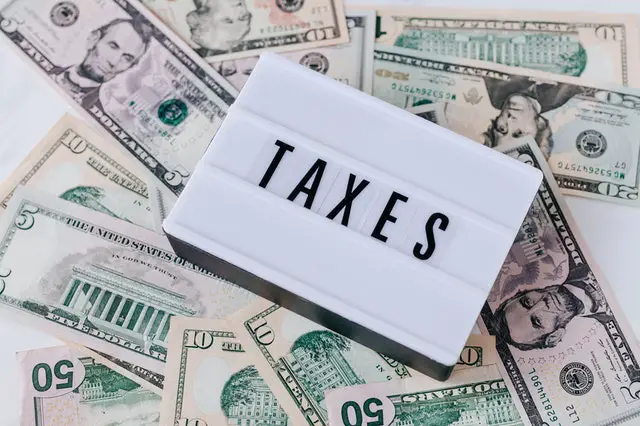
Your refund check will be sent to your most recent address. Your repayment check may get refunded to the IRS if you relocate without alerting the IRS and the United States Postal Service (USPS).
If you expected a national rebate check but didn’t get one, go to the IRS’s Where’s My Return website. You must provide your Ssn, filing mode, and the precise dollar value of your return. It’s possible that you’ll be asked to alter your actual address.
You can as well phone the IRS to verify the level of your refunds. Speaking with a rep may take a long time. Nevertheless, using an automatic telephone service would save you effort. Follow the procedure on the message when you contact.
Undelivered Federal Tax Refund Checks
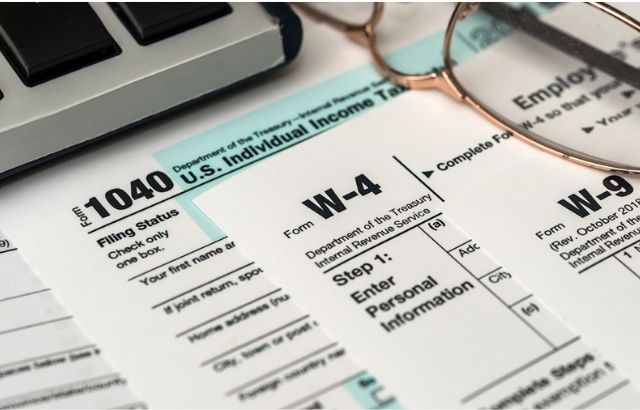
Undeliverable refunds are caused by three things, according to the IRS:
- Taxpayers relocating and not providing a forwarding contact to the Postal Service or the IRS
- The Postal Service not delivering or forwarding refund checks
- The IRS erroneously registered taxpayers’ addresses
If you are owed a refund from the federal government but do not submit a return, your reimbursement will be lost. Even though you’re not needed to file, it’s a good idea to do so if:
Your taxation was kept from your salary. in addition
The Earned Income Tax Credit (EITC) is available to you (EITC)
You might have not proposed a tax refund because your earnings were well below the filing limit. However, if you submit a claim three years after the date of filing, you may be eligible for a refund.
Unclaimed Federal Tax Refunds
The IRS has a time restriction on when you may get a refund for overpaying taxes. However, you won’t know if you’re entitled to a refund until you’ve filed your tax return. You have three years from the date you submitted a preceding year’s return to amend it to recover any overpaid taxes.
If you didn’t fill up a tax return, you have two years to file one and claim any refunds that are due to you.
The only way to get a legitimate refund is to file a full tax return. You must submit an original tax return within two years after paying the tax if the refund is for a tax year in which you did not submit a return. The IRS begins the two-year term the day after the filing deadline.
Frequently Asked Questions
Why You Still Need Paper Checks and How to Use Them Safely?
Paper checks are still helpful in personal money management, so learn how to handle them appropriately. Limit the information you provide on a check to protect your personal information. Finally, before paying bills or making a purchase, consider your payment alternatives so that you may select the way that makes the most sense.
How Can Personal Writing Checks Expose You to Fraud?
Consider all of the personal information you wish to keep hidden from thieves, and then consider what’s printed on the front of your checks: names, addresses, the financial institution, the bank’s routing number, and the account number of the check holder.
Thieves can pay for products online using only the account and routing numbers if they have access to this information. Using the same information, money may be sent to several prepaid cards from a bank account. That’s not to mention the dangers of identity theft or account takeover if this information is stolen.
When you write a check to a company at the point of sale, numerous people usually handle it before it’s deposited. The worst part about employing checks is that it causes the same difficulty as debit cards: When fraudulent transactions are carried out, your money goes missing, not the banks.
You’ll be in the highly stressful situation of attempting to reclaim all of the money that was previously in your account. Meanwhile, previously written checks may bounce, and scheduled withdrawals may be subject to overdraft fines.
Can a Bank or Credit Union Cash a Post-Dated Check Before the Date on the Check?
Yes, indeed. Banks and credit unions don’t always have to wait until the check’s due date to cash it. If you give the bank or credit union enough warning, state law may oblige them to hold off on cashing the check.
Can a Bank Refuse to Cash My Check?
Banks are not required by the federal government’s law or regulation to cash checks written by non-customers. Most banks have policies that only enable account holders to cash checks. A bank may lawfully charge a fee if it agrees to cash a check for a non-customer.
Stimulus Check Calculator: How Much Will You Receive?
You’ve undoubtedly heard that as part of the recent economic stimulus bill enacted by Congress, you’ll be receiving a second stimulus check from the IRS. This time, the base sum per eligible individual will be $600. (It is half of what was given for the first round of payments under the CARES Act).
Not everyone, however, will receive the exact amount as others. Your family may be eligible for a more extensive second stimulus check if you’re married or have children under the age of 17. If your salary is over a particular threshold, though, your second stimulus check will be reduced—or you may not receive one at all.
Do you qualify for a stimulus check?
The majority of individuals in the United States are eligible for a second stimulus check. However, there are certain exceptions. Nonresident aliens, those who can be claimed as dependent on someone else’s return, and those without a Social Security number, in general, will not be paid. Before January 1, 2020, anyone who passed away will not be eligible for a second stimulus payout.
What types of check formats do you offer?
Certified checks, cashier’s checks, and payroll checks, sometimes known as paychecks, are examples of check types.
What are Single checks?
A solitary check is one of the various forms of one-page checks which are typically duplicate-free. As a consequence, if the check is lost or destroyed, no transaction using the check may be completed.
What are Duplicate checks?
Duplicate checks are the ones that have this little piece of paper attached to the back of each check that functions as a carbon duplicate. Every time a check is issued, duplicates are made automatically, making it easy to maintain track of your records.
Bottom Line
There are occasions when it is crucial to write a check. After all, check writing isn’t taught in high schools or universities, and we’re being urged to make payments online at every step.
Whenever anyone unlawfully gets your personal details, it is called identity theft. Identity, Social Security number, location, credit card details, and other personal data It also employs it in the commission of fraud and other offenses. Without your permission, they may rent a place or sign up for credit cards. This will save you from getting into problems down the road.

